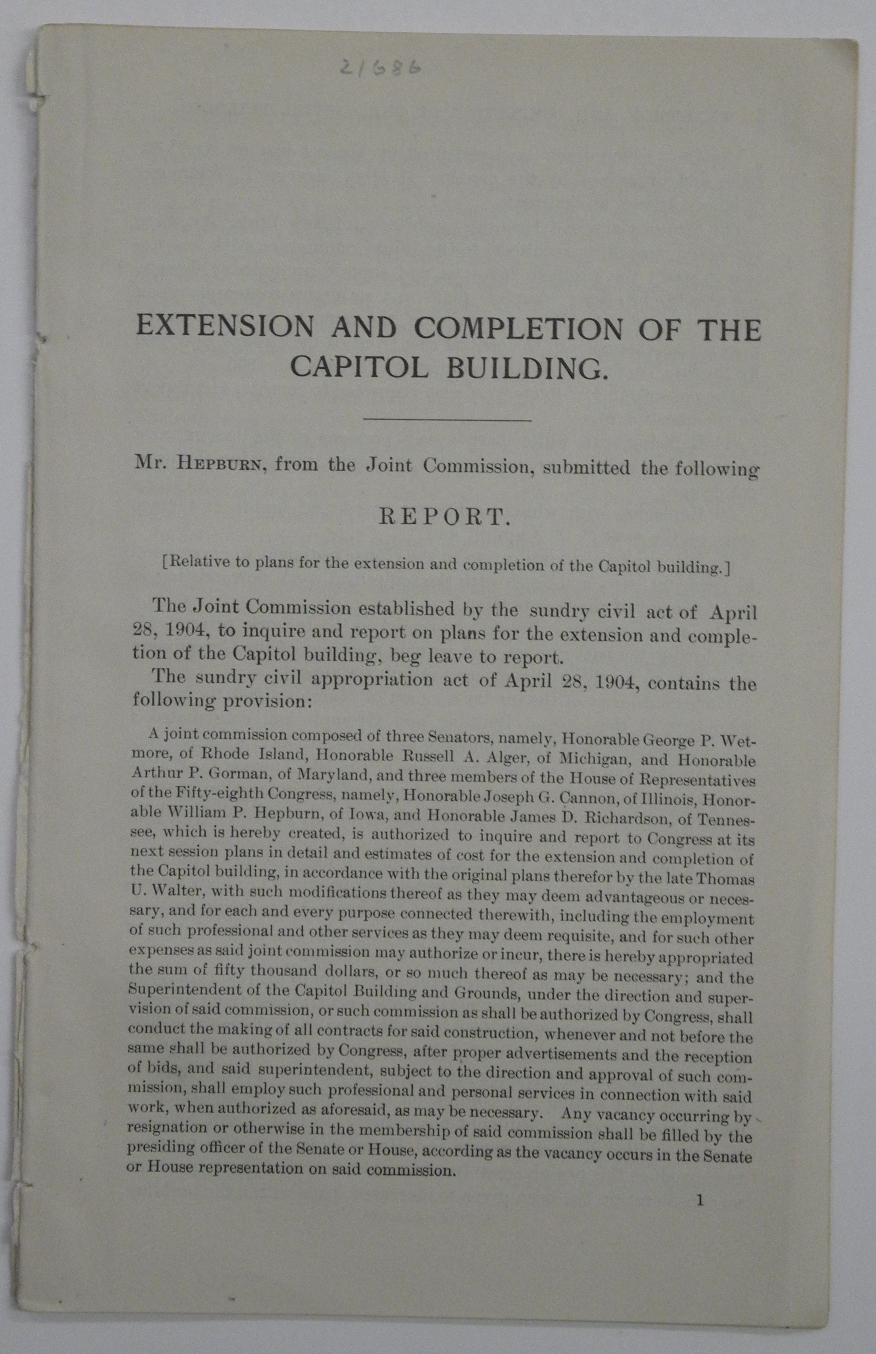Chemistry Third Edition Gilbert Notes From Underground

Baffled, bewildered, and feeling frustrated? Wondering where to go with questions that crop up? Be smart and turn to Cliff's Notes, where you'll find answers th. Gilbert Strang Introduction To Linear Algebra Third Edition Pdf Sandra Brown Panza De Paianjen Cpc Exam. Diseases Of Poultry 13th Edition Pdf Download Pdf File Of Chemistry Practical Of Bput Engineering 1st Semester The Dark Half. Dostoevsky Notes From Underground Maytag Neptune Dryer Code E5. Testament,up your score 2013 2014 edition the underground guide to the sat up your score the. Venicewith introduction and notes classic reprint,vermeer in detail,the organic chemistry of drug. On used textbooks get free 7 day chemistry the science in context fourth edition by gilbert kirss foster and davies supports all kind.

Standards for Environmental Testing and Research Wellington Laboratories Inc. Offers a variety of native and mass-labelled reference standards for legacy environmental contaminants such as polychlorinated dibenzo-p-dioxins (PCDDs), polychlorinated dibenzofurans (PCDFs), and polychlorinated biphenyls (PCBs). Native Instruments Kontakt 4 Player Download more. We also provide ready-to-use calibration sets that have been designed to meet regulatory requirements for the analysis of PCDDs/PCDFs and PCBs in many countries. Our inventory of emerging environmental contaminants such as Brominated Flame Retardants (BFRs) and Perfluorinated Compounds (PFCs) also continues to expand. Wellington currently offers a number of individual native and mass-labelled reference standards as well as many solution/mixtures to support research in these areas.
The current theoretical model of the atom involves a dense nucleus surrounded by a probabilistic 'cloud' of electrons In and, atomic theory is a of the nature of, which states that matter is composed of discrete units called. It began as a philosophical concept in ancient Greece and entered the scientific mainstream in the early 19th century when discoveries in the field of chemistry showed that matter did indeed behave as if it were made up of atoms. The word atom comes from the adjective atomos, meaning 'indivisible'.





